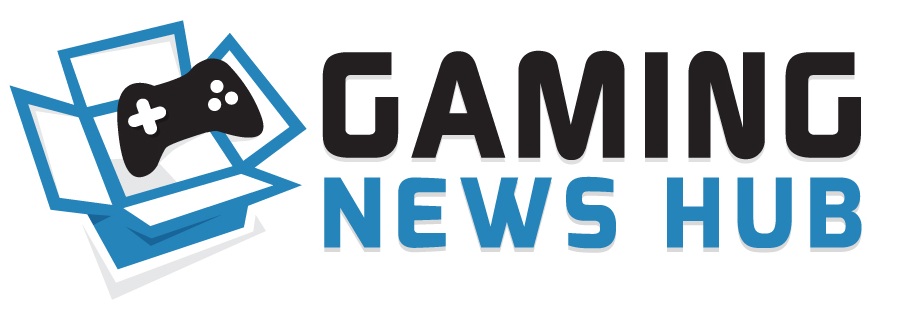
If the implementation of extended social sharing of in-game screenshots, videos and even the titles themselves by virtue of PS4 and Xbox One’s share functionality was the defining aspect of this current console generation, than it certainly looks like that the next-generation of console hardware will be defined by super-fast SSD storage that will speed up load times, access duration and generally make the leap from the UI into the game more seamless than ever before.
The murmurings regarding the PS5’s SSD solution have been extremely promising. From relatively outlandish claims that the hardware is capable of loading Insomniac Games‘ Spider-Man in 0.5 seconds, to the notion that the SSD operates so quickly at such a low-level within the hardware itself that it can be used in tandem with the PS5’s in-built RAM, it certainly seems like that the SSD solution for next-generation consoles will offer possibilities that exist far beyond that of mere storage.

Indeed on the face of it, this is a nothing less than a paradigm shift in hardware, and one that is borne out by those aforementioned massive increases in load times and the wider use of SSD storage as extended RAM. However, it isn’t all sunny uplands, and the reason for this is that by employing such cutting-edge technology in their next-generation consoles, both Sony and Microsoft may have effectively boxed themselves into a corner when it comes to future expansion and augmentation.
Related Content – PS5 Vs Xbox Scarlett Specs Comparison – What We Know So Far
With both PS5 and Xbox Scarlett consoles touting Blu-ray drives capable of delivering up to 100GB of data (a figure which becomes increasingly trivial even now as the likes of Rockstar Games and Infinity Ward slowly creep towards that threshold with their games), and assuming that in a best case scenario these consoles come with 2TB of storage, then it doesn’t take a whole lot of math to realize that you’re going to run out of space pretty quickly indeed.
This becomes especially true if both console manufacturers stick to a 1TB SSD – which they might have to do anyway to keep costs down given the sheer array of cutting edge tech to be found elsewhere in the PS5 and Xbox Scarlett silicon.

And here’s the thing, in regards to current-gen consoles, if you see your storage drying up you simply buy yourself a cheap external drive, plug the sucker in via USB and away you go. The problem however with PS5 and Xbox Scarlett is that the super intimate way in which the SSD interfaces with the rest of machine, such as the system RAM and other parts of the architecture will mean that you’ll never be able to buy an external drive which is fast enough to do the job – simply because the bandwidth that the USB standard can provide just isn’t on par with what you get from the internal components.
Sure, Sony’s improved PS5 UI that allows you to install games in selective modules will economize the space you use to an extent, but when you start figuring in the number of games installed at any one time, all the captures you’ll take, saved game files and a range of other space-sucking stuff that we haven’t even considered yet, it soon becomes clear that Sony’s idea of ‘Intelligent Delivery’ seems little more than a bubblegum solution at this point.
Of course, we’re still in early days yet. Both consoles will launch in just over 14 months and there are still plenty of gaps in the technical specifications for PS5 and Xbox Scarlett respectively. That said, it’s difficult to see how Sony and Microsoft can overcome this limitation – or maybe they don’t? Maybe, we’re entering a new era now where, despite games being much more numerous and their storage requirements much higher, we instead have to be much more careful with our storage in turn.
Either way, things are changing and it’s time to get ready. Roll on Holiday 2020.
Original Article © psu.com



No comments
Post a Comment